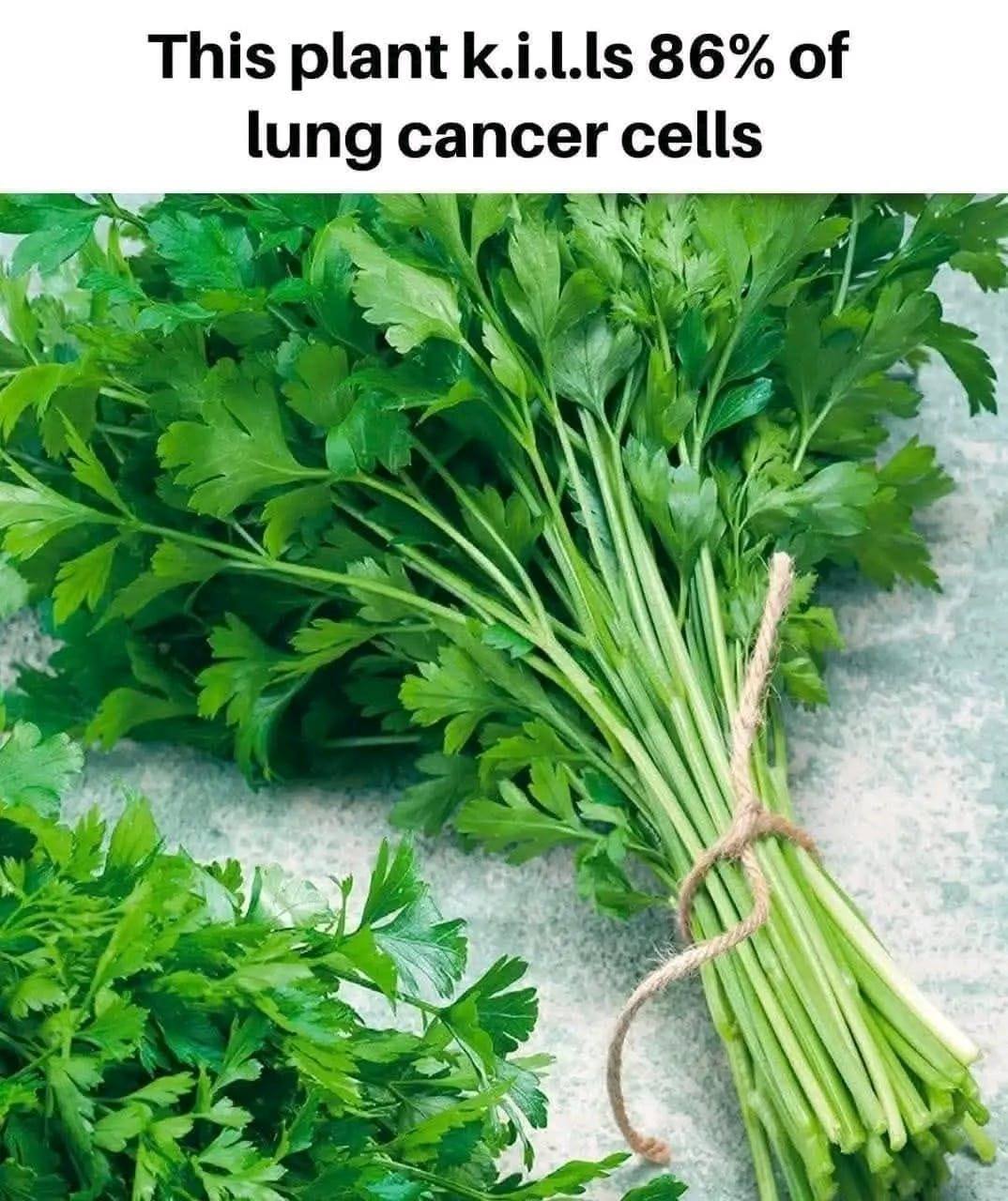cancer.What Is Sweet Wormwood (Artemisia Annua)?Sweet Wormwood, also known as Qing Hao in traditional Chinese medicine, is a fern-like herb with a strong aroma. Native to Asia but now grown globally, its leaves contain artemisinin, a sesquiterpene lactone with potent anti-inflammatory, anti-parasitic, and possible anti-cancer effects.How Artemisinin Works Against Lung Cancer CellsCancer cells typically have higher levels of iron than normal cells. Artemisinin reacts with iron to produce free radicals, which damage and kill the cancer cells. This reaction doesn’t significantly affect normal cells due to their lower iron content.The compound:Induces apoptosis (programmed cell death) in cancer cells.Disrupts cancer cell metabolism and DNA replication.May inhibit angiogenesis (formation of new blood vessels that feed tumors).How to Prepare a Traditional Sweet Wormwood Tea (Step-by-Step)To harness the benefits of Artemisia annua safely at home, many people use it as a herbal infusion or tea.Ingredients:1 teaspoon of dried Sweet Wormwood leaves (or 1 tablespoon of fresh leaves)1 cup of filtered waterOptional: 1 tsp of raw honey or a slice of lemon (to improve taste)Look for organically grown Artemisia annua from reputable herbal sources.Step-by-Step Method:STEP 1: BOIL THE WATERBring 1 cup of water to a gentle boil (about 90–95°C or 195°F).STEP 2: ADD THE WORMWOODPlace 1 teaspoon of dried Artemisia annua leaves into a cup or a teapot.STEP 3: POUR AND STEEPPour the hot water over the leaves. Cover the cup and let it steep for 5–10 minutes to extract the bioactive compounds.STEP 4: STRAINStrain the leaves out using a fine mesh or tea strainer.Step 5: Flavor (Optional)Add raw honey or lemon to reduce bitterness, though it’s best consumed plain for medicinal purposes.Step 6: Drink FreshDrink while warm. Start with 1 cup per day, preferably in the morning. Do not exceed recommended amounts without professional guidance.How Long to Take It?For general immune

